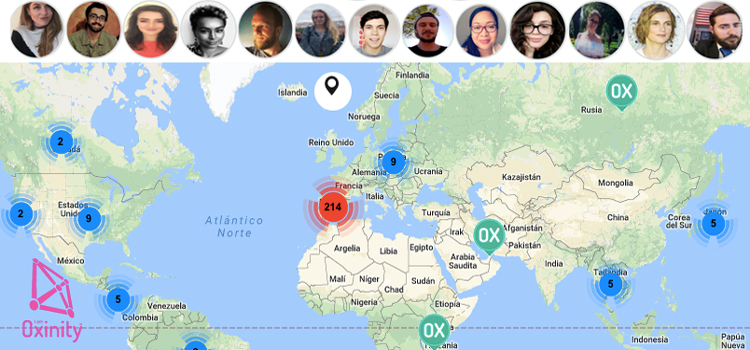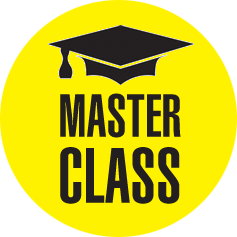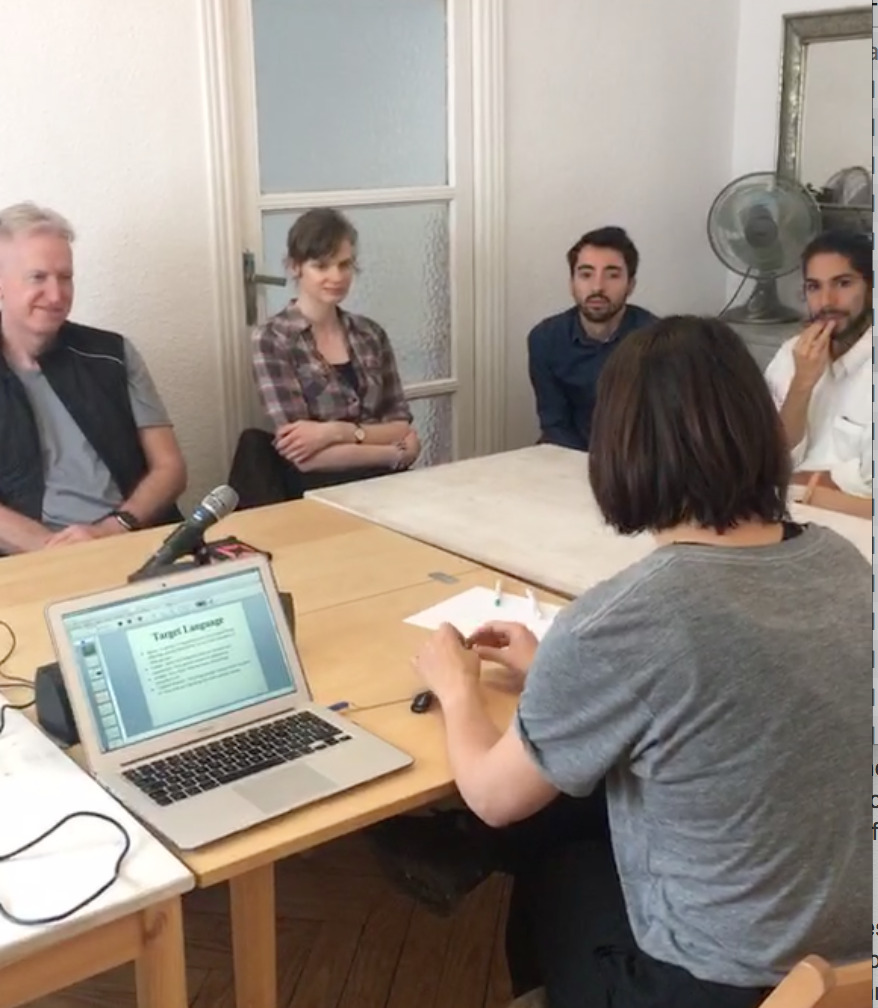7 Tips on Giving Feedback to ESL Teachers
by Peter Nesbitt
Giving feedback to ESL teachers can be tricky, particularly when you have something critical to say. But yet it is also important, as without it, how can people learn? Sure, they can rely on their own self-evaluation of how they are doing, but if you have ever watched any TV talent show, you will see that a lot of people just aren't very good...






